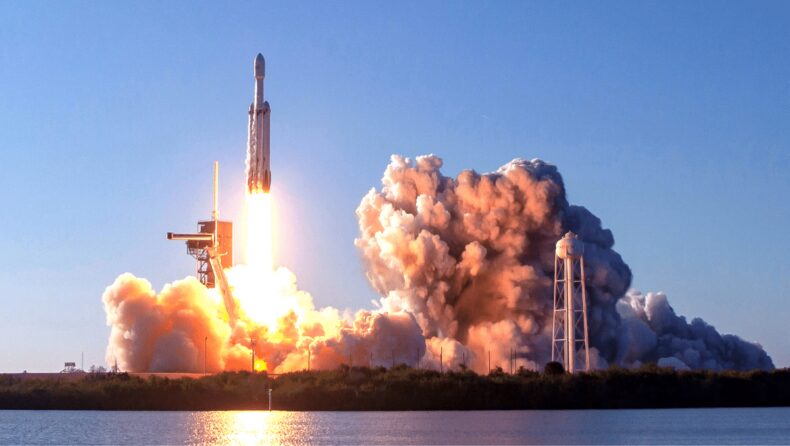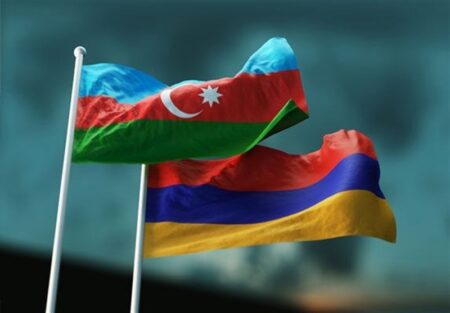The past week has seen famous and successful missions to space, starting from Russia’s new ISS crew launch to the International Space Station to five other launches by the US and China.


The new crew launched by Russian to the ISS commenced its crew rotation on the orbiting laboratory. The cosmonauts Sergey Prokopyev, Dmitri Petelin, and Frank Rubio arrived at the ISS, thus making the total number of members on the ISS to be 10.
The three of them were launched on board the Soyuz MS-22 spacecraft from Baikonur cosmodrome in Kazakhstan. After Mark Vande Hei is launched on April 9, 2021 on Soyuz MS-18, Rubio will be the first NASA astronaut to board the Russian spacecraft.
Since then, SpaceX’s Crew Dragon has taken on the role of flying astronauts to space. The Russian astronauts currently residing on the space station will return after their six-month of stay in space.
They will spend the majority of their time in the orbital laboratory, joining Expedition 67.
There will be live coverage provided by NASA of all its launches on its official site and app.
The crew-5 mission, which is a joint operation of both NASA and SpaceX, will also be launched soon this week. The crew consists of Nicole Mann and Josh Cassada from NASA, JAXA’s (Japan Aerospace Exploration Agency) Koichi Wakata and Anna Kikina from Roscosmos. They will be aboard the Endurance spacecraft, which is a part of SpaceX’s Crew Dragon.
They are carried by the Falcon 9 rocket of the same company from the Kennedy Space Center’s Launch Complex 39A in Florida. A day after that, the team will dock on the station’s Harmony module.
Further launches
SpaceX also launched two of its Falcon 9, which consists of 106 Starlink broadband satellites from Cape Canaveral Space Force Station. The company of Elon Musk has successfully launched such satellites 43 times on Falcon 9 this year.
After its takeoff, the first stage of Falcon 9 came back for a touchdown on SpaceX’s drone ship which was stationed in the Atlantic Ocean.
Delta IV Heavy of United Launch Alliance (ULA), made its final take off from Vandenberg Air Force Base in California. It launched a reconnaissance satellite for the National Reconnaissance Office.
China was also not far back in the competition. They launched their Long March 2D rocket containing the Yunhai- 103 meteorological satellite as well as ExPace’s Kuaizhou-1A booster which orbits the Shiyan 14 and Shiyan 15 experimental spacecraft.
SpaceX continues to take the spotlight from Russia

Russian with 43 launches to brag about, SpaceX takes the lead among all countries by breaking its own record of 31 launches in the previous year. The China Aerospace Science and Technology Corp. comes second with 33 send-offs of its Long March rockets. Rocket Lab takes third place with seven launches
Unfortunately, Russia, which once dominated space is lagging behind everyone with only 13 launches. While Europe and India launched three, Iran and South Korea had a single flight with Japan yet to launch this year.
At the beginning of next year, SpaceX has plans to launch version 2 of the Starlink satellites which will be much bigger and more capable than the current version.
The Starlink V2 will be on board of the next generation Starship vehicle, which will be capable of carrying cargo as well as humans to the moon and even Mars.
The 52 satellites on Falcon 9 will be very profitable for SpaceX as it offers the quickest and consumer-grade services out there. Recently, it has even connected Antarctica to the internet via Starlink.
At present, the worldwide broadband network is available on all seven continents.
Read More: Soyuz Launch Mesmerising Pictures Taken From Space By Astronauts













